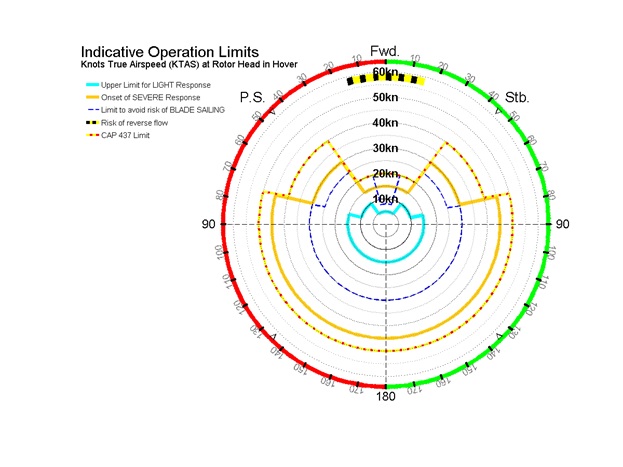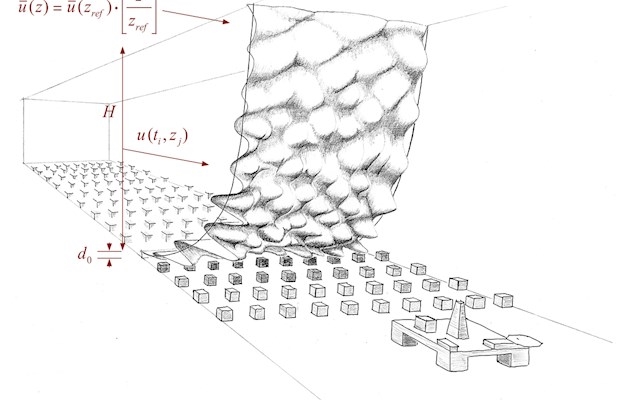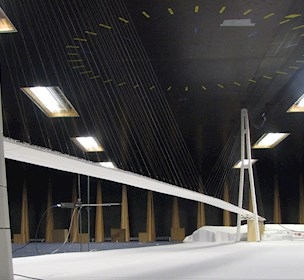Is it safe to land or take-off at your helideck?
A large number of offshore structures and vessels are equipped with either a helideck or dedicated winching areas for helicopter operations. The airflow surrounding these areas can play a significant role in limiting the serviceability of the helideck.
As it is required by authorities, especially in the offshore industry, the influence of the airflow conditions shall be investigated, and the helideck should be given an optimum location.
What happens if the temperature changes?
Along with the operational restriction originating from the airflow, a limitation may also be imposed if a nearby heat-source creates temperature increases of more than 2°C from ambient:
“When the results of such modelling and/or testing indicate that there may be a rise of air temperature of more than 2°C (averaged over a three-second time interval), the helicopter operator should be consulted at the earliest opportunity so that appropriate operational restrictions may be applied”
Investigation of the airflow
Several ways are available to investigate both the airflow and potential heat sources impact on helideck. Both in the early design stages or to investigate existing units where a conversion may have an impact. It is possible to test either by CFD or wind tunnel tests, where both have strength and weaknesses.We have several decades of experience with testing helicopter operations in our wind tunnels. A typical study comprises a mixture of qualitative investigation and quantitative measurements:
- Investigation of the 3-dimensional flow field by means of flow visualisations
- Polar investigation of the flow components at several elevations, corresponding to several hover positions above the helideck, as well and as one elevation with the helicopter standing on the helipad during engine start-up. Measurements of the flow components at numerous points along an approach or take-off path
- Analysis of the measured data with respect to aircraft response to gusty wind and performance limits in general and with respect to each aircraft
- Consideration of limiting effects due to plume dispersion and interference with helicopter flight paths
- Consideration of superstructure particularities affecting helicopter operations
At the end of a test campaign our clients are presented a polar plot which gives helicopter pilots an easy interpretation of what kind of response they can expect when landing on an offshore structure. A guidance is also given of possible restriction due engine start-up where blade-sailing can occur.


Case


